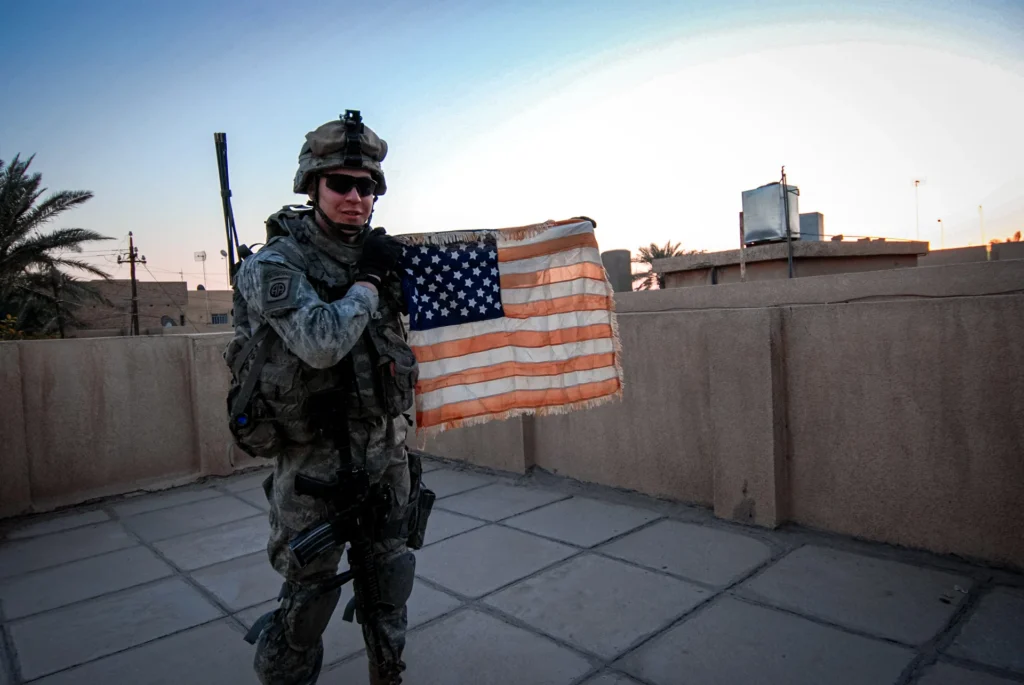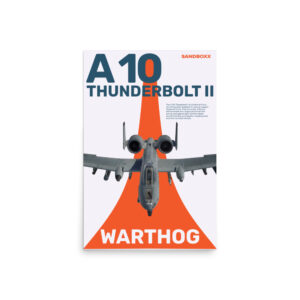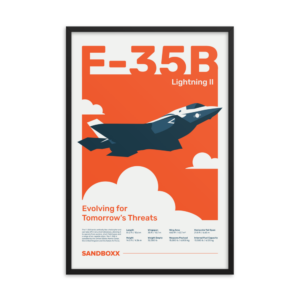What is a ‘kit flag’ and why do service members carry them?
- By Coffee or Die
Share This Article

This article by Luke Ryan was originally published by Coffee or Die.
A 29-year-old Special Forces soldier pushes through an Afghan poppy field, carefully brushing aside the stalks as he travels under a night sky. His brothers-in-arms move silently behind him in a long line; the area is fraught with IEDs, and they still have a few more kilometers before they reach the target compound. Through his night vision, the soldier can see countless stars above him – more than could be seen by the naked eye. And on his back, there are a few more.
An American flag has been rolled up and secured with a couple of industrial rubber bands as well as knots of parachute cord to be safe. The red, white, and blue are tightly compacted together, attached to the Special Forces soldier’s back like it has been for his last five deployments.
There isn’t a well-defined term for this flag, but the tradition of carrying a rolled-up American flag into combat grew stronger throughout the Global War on Terror. Some call it a “kit flag” – the word “kit” being a common term for body armor.

Most service members who carry a kit flag use it as a keepsake. Our Special Forces soldier will take that flag home, frame it, and put it on his wall. Sometimes the flags are slightly tattered and dusty, sometimes they are practically pristine, and other times they bear shrapnel holes and stains of blood. But they always serve as a physical reminder – the symbol of the nation that sent them to war and all of the memories that flood back with it. Some of those memories are good, some are awful, and many are just mundane – all serve an important place in many veterans’ hearts.
Oftentimes, veterans feel they don’t need a keepsake. They might pass the flag to family, friends, or other important people in their lives who would appreciate it.
“I carried one each deployment to give to those who made a difference in my life outside of the military,” Alex Green, a former Army Ranger with four deployments to Afghanistan, told Coffee or Die. “Having been carried in a warzone, I hoped they would serve as a meaningful memento of our time overseas.”

When a service member is killed, if the flag is recoverable and it’s deemed appropriate, it may be given to family or close friends. If the flag isn’t given to the family, a fellow soldier might want it to remember their friend, even if they weren’t the type to carry a flag themselves.
There are other uses for these flags, too. Sometimes they are unraveled from the wearer’s kit and used as a daytime signal to indicate friendly forces. While this should be confirmed with other methods of communication, it can be a good, clear, and fast way to make it easy for an armed, nervous 19-year-old soldier to identify you. One of the first times Marine Corps veteran Carlo Shannon saw kit flags in use was during missions to recover downed aircraft.
“We didn’t know how the situation would escalate before we could reach a downed craft,” Shannon told Coffee or Die, “or if we were QRF [quick reaction force] for an element that was calling in WIA/KIA [wounded in action/killed in action].”
Related: This is the history behind the ‘other’ flag patch on Navy uniforms
A kit flag can also be used to cover the body of someone who was killed in action during a mission, especially if the exfil is going to take a while, or to carry casualties. In 2013, I was a part of a Ranger platoon working in southeastern Afghanistan. Due to a complex IED ambush, we sustained significant casualties and began to run out of litters to carry out the dead and wounded. When our QRF arrived, there were still not enough litters for everyone. We eventually decided to use litters for the wounded and American flags to carry what was left of the dead so they could be returned home. It was a grim situation, but those who wore kit flags that night discovered a purpose for them beyond sentimentality.
Since it’s not an official military practice, there is no standard for “kit flags.” Some service members wrap flags around the plates inside their plate carriers. Others carry smaller, custom flags that they can fit in a small pouch. Most don’t carry any of these at all, and a few are entirely unfamiliar with the practice. It’s particularly common in the special operations community but is not universal in any unit.
Jonathan Blank, a 1st Marine Reconnaissance Battalion veteran, said he was unfamiliar with the practice entirely: “No one carried a flag on them… It wasn’t a thing really.”

“We saw the flags post-2010 more often,” Carlo Shannon told Coffee or Die. “I think if only because around that time, SOF was less spread out and there was more overlap in the Afghan theater. Being exposed to more of what other organizations were doing, we started seeing more traditions carrying across, regardless of branch. If it was more common before that time, I can’t say, I just know I rarely saw it before then.”
Throughout history, flags have been used as a form of both morale boost and command-and-signal. Prior to the radio or other modern forms of communication, massive formations would use flags to identify each other’s locations (among other practical uses). If you’re in the middle of a huge formation – an ocean of armored men clamoring against one another, literally tearing each other to pieces – seeing your flag continue to push forward could be a morale boost, literally meaning your group is taking ground. You’re winning.
According to the US Army Center of Military History, “Unit colors were a great source of pride, and victories or defeats were often expressed in terms of colors being captured from or lost to the enemy.”
From at least the Bronze Age through the 21st century, flags have had as much of a place in war as soldiers. They get dirty, torn, and sometimes destroyed, but, as Shannon notes, it’s “never seen as a disrespect to the flag.” The sanctity of the flag is not diminished by its time in combat; in fact, to many who wear it, it’s increased.
Read more from Sandboxx News
- Exploring the claims that America’s TR-3A UFO fought in Desert Storm
- Russia’s missile arsenal is running low so Moscow turns to one of its few allies for help
- Why do officers have a higher success rate than enlisted men at becoming Navy SEALs?
- Hell in the Highlands: Losing a warrant officer in the mountains while moving against Korean positions
- The MC51 was a super short blaster used by UK’s elite warriors
Related Posts
Sandboxx News Merch
-

‘Kinetic Diplomacy’ Bumper Sticker (Black)
$8.00 Add to cart -

A-10 ‘Warthog’ Poster
$22.00 – $28.00 Select options This product has multiple variants. The options may be chosen on the product page -

F-35 ‘Evolution’ Framed Poster
$45.00 – $111.00 Select options This product has multiple variants. The options may be chosen on the product page
Coffee or Die
Coffee or Die Magazine is Black Rifle Coffee Company’s online news and lifestyle magazine. Launched in June 2018, the magazine covers stories both about and for the military, first responder, veteran, and coffee enthusiast communities.
Related to: Military History

The CIA used miniature models to meticulously plan high-stakes operations

Who dares wins: The importance of defeat in being successful

Marines deploy new system to take out ships in the Pacific

British intelligence once hacked al-Qaeda just to mess with them
Sandboxx News
-

‘Sandboxx News’ Trucker Cap
$27.00 Select options This product has multiple variants. The options may be chosen on the product page -

‘AirPower’ Classic Hoodie
$46.00 – $48.00 Select options This product has multiple variants. The options may be chosen on the product page -

‘AirPower’ Golf Rope Hat
$31.00 Select options This product has multiple variants. The options may be chosen on the product page -

‘Sandboxx News’ Dad Hat
$27.00 Select options This product has multiple variants. The options may be chosen on the product page
